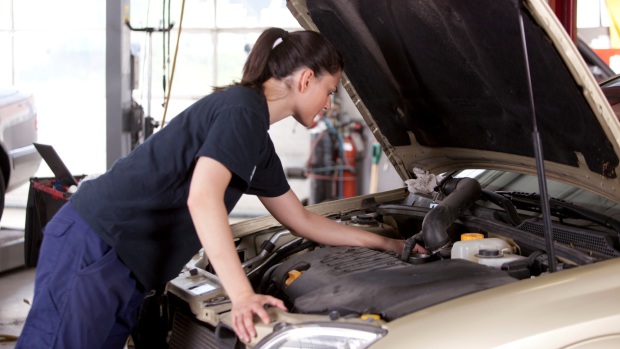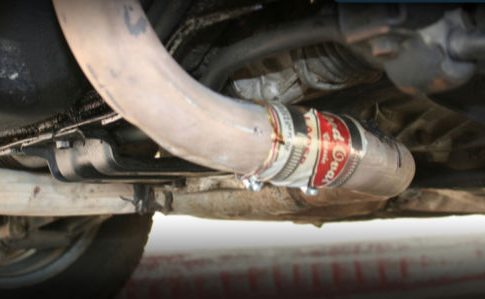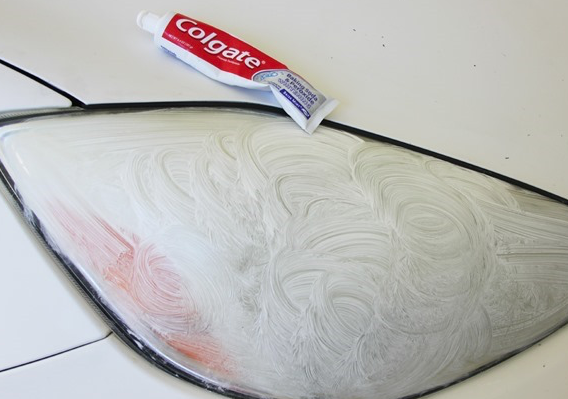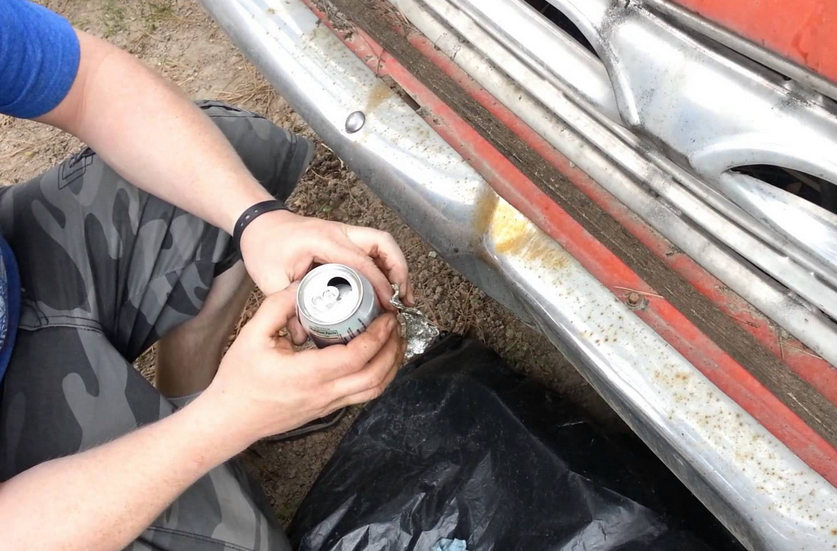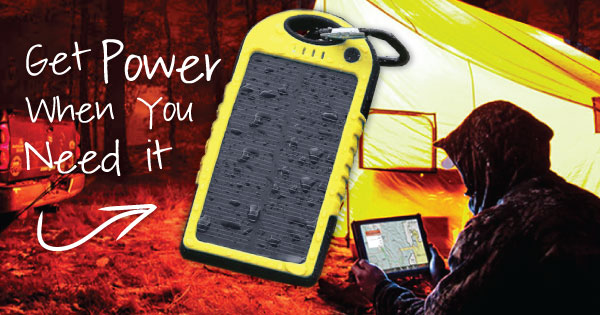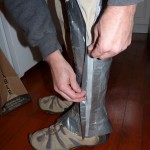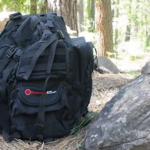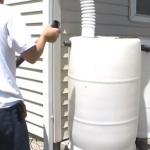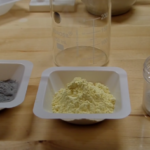Improvisation is key when it comes to being able to make vehicle repairs with minimal resources and tools. For example, did you know that you can fix a flat by cutting slits into the tire and packing it with grass? Knowing about little tricks and temporary fixes can go a long way with helping you to get out of a jam and back on the road. Let’s take a look at a few practical and helpful examples, and maybe they will inspire you to think of some on your own also.
Exhaust Leak
You can tackle a smelly, noisy and potentially dangerous exhaust leak with an aluminum can or some sheet metal in a matter of minutes. The first step is to locate the leak and determine if you need to remove any clamps that are attached to the exhaust pipe. The next step is to take the can, remove the lid and bottom and cut it open from top to bottom. You can cut a smaller piece out of the can if it is too big to wrap around the pipe as well. A piece of aluminum flashing or scrap can also get the job done. Clamp down the metal and you’re good to go.
Removing a Stuck Rotor
One of the biggest hassles associated with brake repair is getting a rotor off of its mount. If pounding it loose doesn’t do the trick, consider using some nuts and bolts. The first step is to place the bolt through each hole of the caliper and attach two nuts to the bottom and one on the top. Then, place the outer bottom bolt up against the base of the nut so that it will press against the rotor. Screw the inner bottom bolt up against the base of the mount mount. Hold the inner bolt in place with a wrench while you screw in the upper nut so that the bolt will press against the rotor. The force of the two bolts should be enough to wedge it loose.
Cleaning Headlights
There are a number of simple tricks that you can use in order to clean cloudy plastic headlight covers. One is by using some toothpaste and water. Take a glob of toothpaste and place it on a damp, coarse rag and smear it over the plastic. Scrub gently in a repetitive, circular motion. Rinse and apply again as needed. Another trick involves using baking soda and water in a similar fashion. You can also use vinegar and water to get rid of some forms of oxidation. Finally, window cleaner may be enough to restore some plastics to their original, clear condition.
Rust Removal with Coke
Coca Cola is a powerful rust-removing tool that very few people think about. Gently pour it over bumpers or other parts of the vehicle that have rusty spots and watch the soda fizz and eat away the corrosion. Wait a couple of minutes before gently scrubbing the area and you will notice an immediate improvement. Repeat and rinse when finished. While it won’t repair holes that are left by rust, it will remove a significant amount of discoloration and trouble spots that makes cleaning and prepping surfaces for repair as easy as pie.
Headliner Repair
The fastest and easiest way to repair a headliner is to remove the entire thing from the vehicle. However, this is very easy. The first step is to remove the components that hold it in place. This usually involves removing the plastic strips around the windows and doors, unscrewing the visors and removing the plastic dome light if necessary. You should be able to pull out the headliner and board with little difficulty and place it on a table. Peel away any large pieces of fabric before scraping the rest off with a coarse cleaning brush.
Dust off the surface of the board and make sure that it is free from debris. Place the new headliner material, or any material that you have on hand over the board. Fold it over so that only ½ of the board is covered at one time. Apply some spray adhesive or glue to the exposed part of the board and carefully lay down the new liner. Repeat the process for the other half. Trim off the excess material, but make sure that you leave enough to be folded over and glued to the edges. Replace the board and reattach the components inside the vehicle once it has dried.
Try out these examples for yourself when necessary, and keep your eyes open for other tricks as well. Just remember that the key to improvisation is to keep things as simple and practical as possible in order to save time, money and a lot of hassles.


